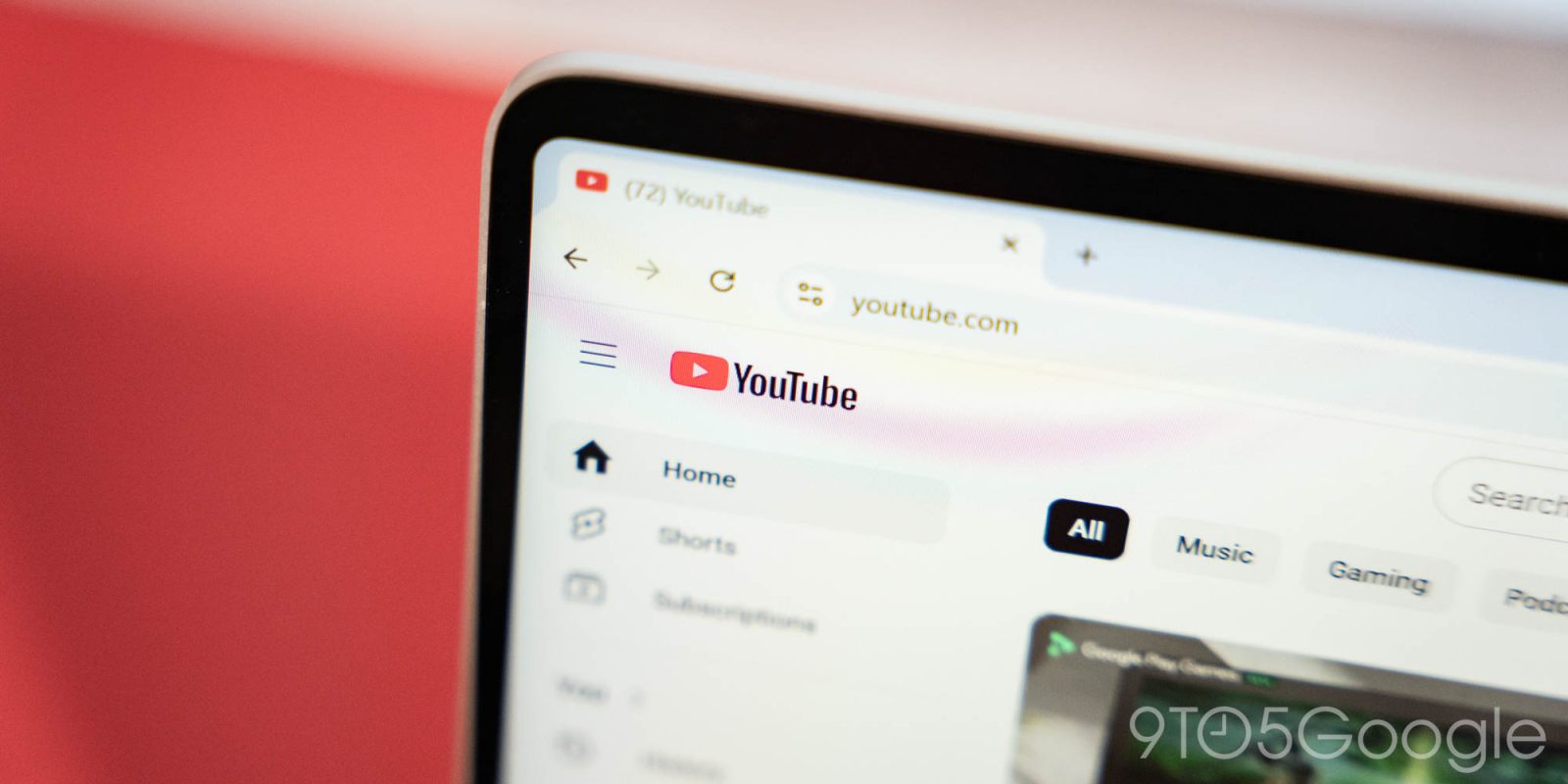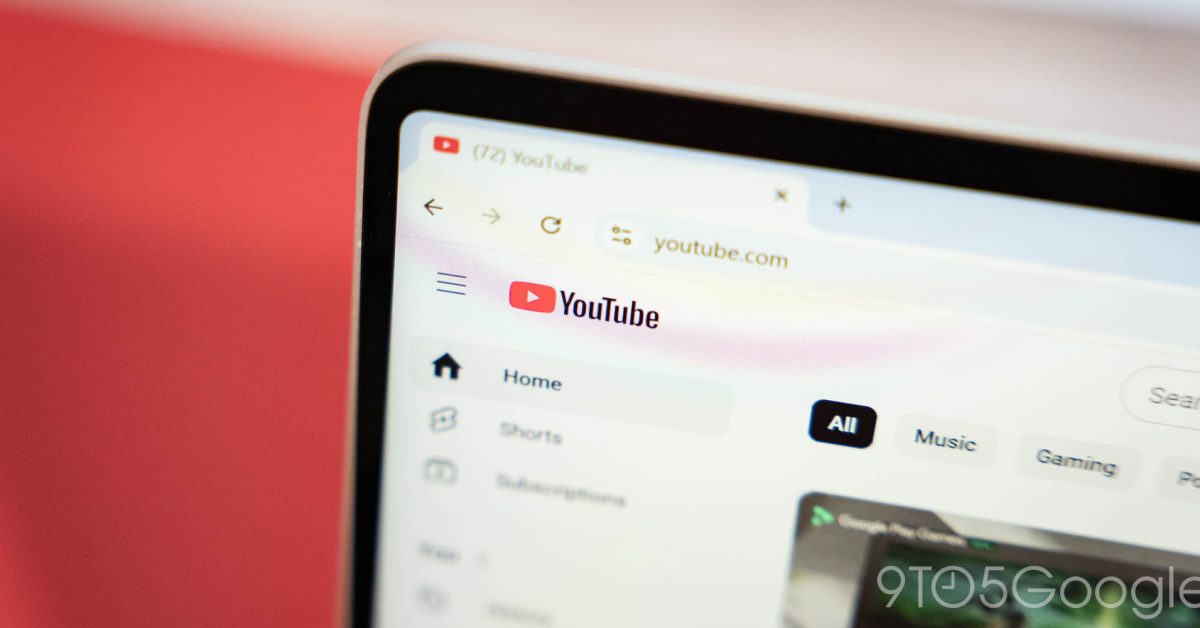
There has been a buzz around a not-so-new initiative from Google and YouTube that would put age verification in the hands of AI, and it’s rolling out in just a few days. The new system will determine whether users are 18 or not, and it’s being put in place next week. Before that, there are a few things to know.
YouTube recently made an announcement that made some waves throughout its userbase. A new age verification system will be instituted for all YouTube viewers, powered by an AI model that simply determines your age.
One of the main reasons some users are heavily concerned about the new age verification system comes down to the method of determination. In the past, users would need to input their birthday, which would tell YouTube how old you were. From there, certain content would be locked or allowed, depending on if you were older than 18.
The content wall is still set at 18, but instead of self-reporting, users won’t have a say in how old Google’s AI model thinks they are.
Advertisement – scroll for more content
How YouTube knows your age
YouTube’s AI will likely be pretty good at guessing based on a few factors, but it’s not going to be 100% accurate. That’s where users are getting worried.
The company noted its determination process in a couple of announcement posts. Both stated that YouTube’s AI would be able to tell how old the viewer was based on what videos they are searching for, the categories of videos watched, and the age of the account.
Ideally, if you signed up for YouTube in 2007, the AI would have to reasonably assume you were 18. But what if you created the account recently, or it’s a new alternate account? Then that method is out the door.
From there, it comes down to content watched and searched for. While that may sound reasonable, some users have concerns that parents will be determined to be under 18, because they’re children are watching content on their device. Further, adults who simply like watching animated series or other content deemed to be appropriate for minors might be labeled as underage.
There are a few potential flaws to this system, and there are still a lot of questions to be answered about how well it works.
YouTube has noted that AI age verification has already been in place for some regions, and with high success rates. The company claims that the models used are even more advanced now, and they should be accurate.
These protections for teens are not new – we now have enhanced technology to more accurately determine whether or not a user is under 18 and are now able to extend these protections to more teenagers. We’ve used this approach in other markets for some time, where it is working well and we are now gradually rolling it out to the US.
Account limitations and alternative options
If YouTube determines you’re under 18, whether that’s true or not, there will be a few changes made to the account.
First, personalized ads will be turned off. This is likely one of the driving factors for the new system, as selling personalized ads for minors isn’t allowed in many regions. As most minors lie about their age on YouTube, the company could face legal trouble if it were found to be doing so.
YouTube is going a step further past the legal protections, noting that digital wellbeing tool will be enabled by default. That includes “take a break” messages and bedtime reminders. The app will also warn users about privacy concerns when they comment or upload a video.
In its announcement post, YouTube noted that users could verify their age via other means if the AI model deemed them to be underage. That includes uploading a government ID, taking a verification selfie, or uploading a credit card.
The latter option seems to be the least invasive, and most users are accustomed to linking their cards to just about any online service that asks. The former, however, are two very controversial options, and users with security concerns would like to avoid these options if possible.
In reality, your options come down to letting the AI determine your age, and if it’s wrong, verifying via a method you deem acceptable. If those options aren’t reasonable to you, YouTube doesn’t seem to offer any other verification methods.
As noted at the beginning of this article, YouTube plans on rolling this new system out on August 13. From that point forward, the content viewed and searched for will determine what age YouTube’s AI thinks you are. If it decides you’re a minor, you have limited options to let it know it’s wrong.
Protections for minors on apps and sites like YouTube are always welcome. In a perfect world, users would correctly identify themselves so that protections work as they should. If YouTube’s AI verification works well, then this will likely be another feature that users learn to get used to. If it doesn’t, creators may take issue with the new system.
FTC: We use income earning auto affiliate links. More.
